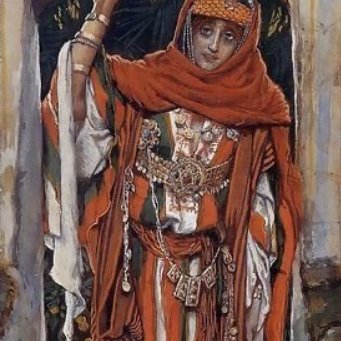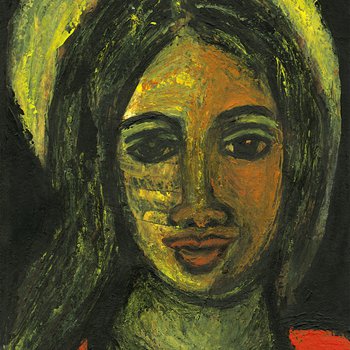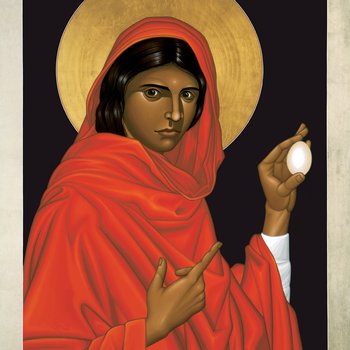Mary of Magdala (or Mary Magdalene)
Mary, a woman from Magdala, was more than an interested party in the ministry of Jesus according to Christian scriptures and texts. As an ancient mother of Christianity in her own right, Mary Magdalene held the status of being a devout disciple of Jesus, the one favored by Jesus above all others (The Gospel of Mary, 2006). She was one of the few to stay with Jesus to the end and also one of a small group of women to see Jesus resurrected after his crucifixion in the Christian accounts (Luke 24:1-11; Matthew 28:1-10; Young, 2013). In fact, Mary of Magdala is noted as the first one to see the resurrected Jesus (John 20:14-18; Gospel of Mary, 2006; Mark 16:9-11). Her actions as a disciple, teacher, and preacher solidified the foundations of Christianity as much as –– if not more than –– the male disciples. According to the Gospel of Mary (2006), her status as “beloved one” indicated that she was the one who the other disciples – both male and female – turned to for guidance after Jesus’s death (The Gospel of Mary, 2006).
In this narrative, Mary of Magdala was a preacher, prophetess, teacher, and Christian leader because of her unwavering acceptance and understanding of Jesus’ teachings (The Gospel of Mary, 2006). The symbolic representations of Mary Magdalene over the centuries have centered on portraying her as a woman with whom new and potential converts seeking forgiveness might identify with (Ruether, 2006; Wiesner-Hanks, 2010).
Works Cited
Ruether, R.R. (2006). Introduction. The Gospel of Mary [The complete gospels] (K. L. King
Trans.). (pp. 5). Newark, VT: Janus Press.
The Gospel of Mary (2006). [The complete gospels] (K. L. King Trans.). Newark, VT: Janus
Press.
Wiesner-Hanks, M.E. (2010). Christianity and Sexuality in the Early Modern World: Regulating Desire, Reforming Practice (2nd ed.). New York, NY: Routledge.




